If you’ve recently applied for an auto loan, chances are the dealership pitched the option of purchasing GAP insurance for your vehicle. GAP insurance steps in to cover the remaining loan balance in case your car is stolen or deemed a total loss in an accident.
While GAP insurance is relatively affordable, the question lingers – is it worth the investment? The answer depends on various factors, including pricing, insurance options, and available providers. This article will delve into how GAP insurance works and who should consider opting for this type of coverage.
Understanding GAP Insurance:
As we know, cars start depreciating the moment they leave the dealership lot. For those financing their vehicle through a loan, this often means that the resale value can plummet below the loan amount.
If you plan to keep your vehicle in good shape for five to ten years, this might not pose an issue. But what if an accident happens next week, and another driver totals your car?
While insurance covers the actual cash value (ACV) of your vehicle, you’re still left with the task of repaying the auto loan. How do you bridge the gap between the outstanding loan and the actual value?

This is where GAP insurance comes into play. GAP insurance covers the difference between the ACV and your current loan balance, preventing you from facing the dilemma of buying a new car and repaying the outstanding loan simultaneously.
How GAP Insurance Works:
Let’s say you financed $30,000 to purchase a car, and a year later, it meets its demise in an accident, valued at $20,000.
After a $1,000 deductible, the insurance company pays you $19,000. The problem? You still owe $11,000 on your auto loan. Not to mention, you need to purchase a new car. This could put you in a financial bind.
However, if you have GAP insurance, your policy covers the $11,000 auto loan. Now you can utilize the insurance payout to buy a new car.
Who Needs GAP Insurance?
If you always pay for your cars in cash, GAP insurance isn’t necessary. It’s designed for those financing their vehicle through an auto loan.
However, even if you do finance your vehicle, GAP insurance might not be a must. Here are some scenarios where purchasing GAP insurance is advisable:
- You are leasing a car (GAP insurance is often a requirement for leased vehicles).
- Your loan term is five years or longer.
- Your down payment is less than 20%.
- The depreciation rate of the vehicle you purchased is faster than average.
- You are transferring the debt from a previous car loan to a new loan.
Once your loan balance is less than the current value of the vehicle, GAP insurance becomes unnecessary. For instance, if your auto loan balance is $10,000 and the vehicle is valued at $15,000, there’s no GAP insurance payout option.
You can use online pricing guides like Edmunds or Kelley Blue Book to determine your vehicle’s current value.

The Cost of GAP Insurance:
If you do need GAP insurance, the good news is it’s quite affordable. Adding it to your annual premium usually costs around $20, according to the American Insurance Association.
However, the specific cost varies based on your location, age, driving record, and the make and model of your vehicle.
Where Can You Buy GAP Insurance?
Purchasing GAP insurance can be done in several ways. The simplest method is to buy it as an add-on from your current insurance company. You can also purchase it through the dealership or lender when buying a car.
Some lenders may require GAP insurance, and they might include it in the total loan amount. Alternatively, you can make a one-time purchase from specialized companies that sell GAP insurance.
If your insurance company doesn’t offer GAP insurance, here are some recommended providers:
- Progressive
- Nationwide
- State Farm
- Allstate
- Liberty Mutual
- Travelers
- American Family Insurance
Alternatives to GAP Insurance:
GAP insurance isn’t the only route to financial security. You can upgrade your insurance policy to include new car replacement insurance.
This policy applies to vehicles less than a year old with fewer than 15,000 miles. If your car is deemed a total loss within the first year, you receive a payout for a replacement vehicle of the same make and model without the need to apply for a new auto loan.
However, this insurance policy isn’t applicable to leased vehicles. If you’re planning to lease a car, you might also consider purchasing lease payoff insurance. This insurance not only provides a payout check but also covers a portion of the total value of the vehicle.
If you’re financing or leasing a car, GAP insurance could be a prudent choice. It protects you in case your vehicle is totaled or stolen, and your loan balance exceeds the current value. The best course of action is to consult with an insurance agent who can explain your options comprehensively.
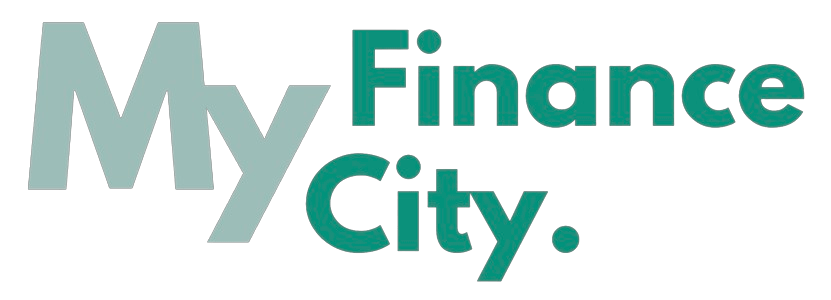




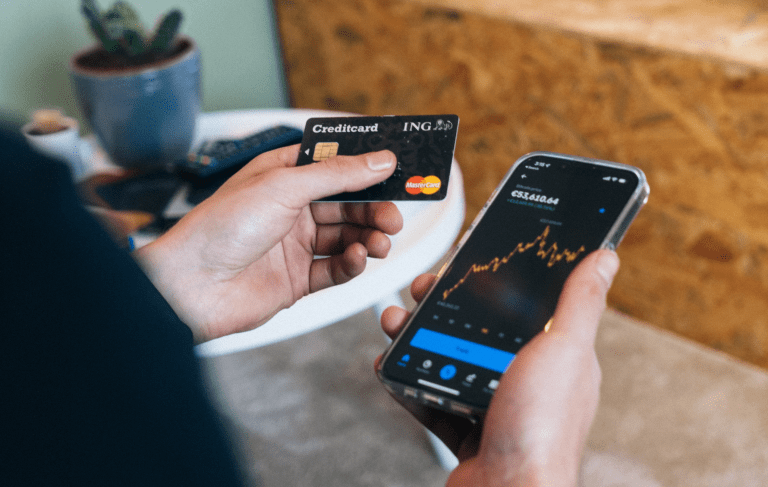

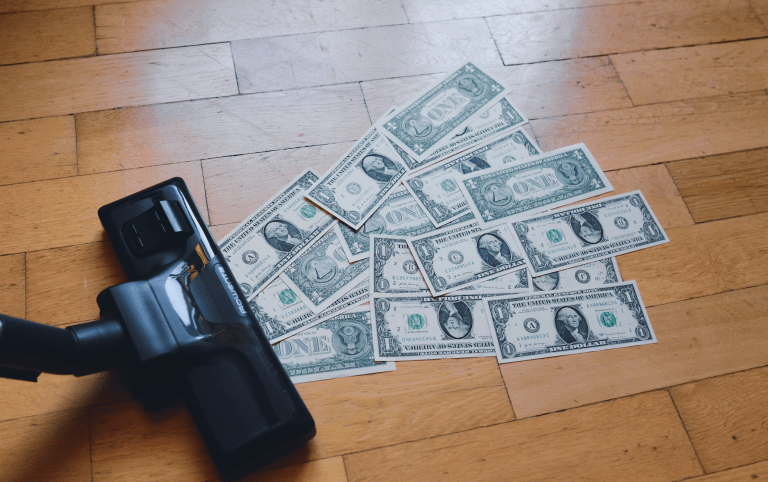
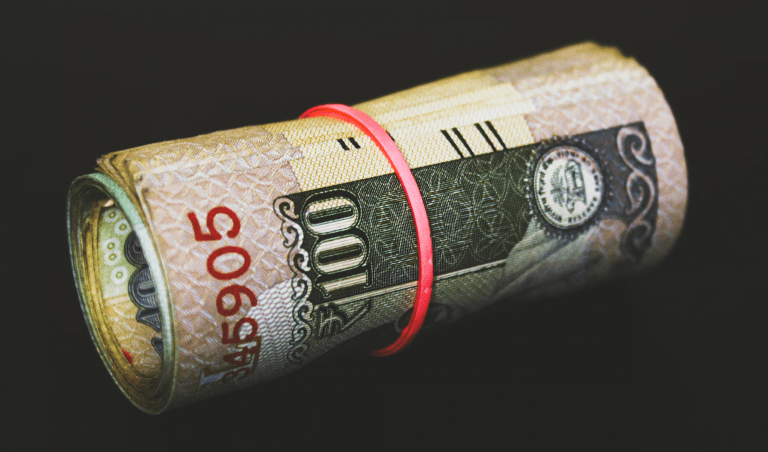

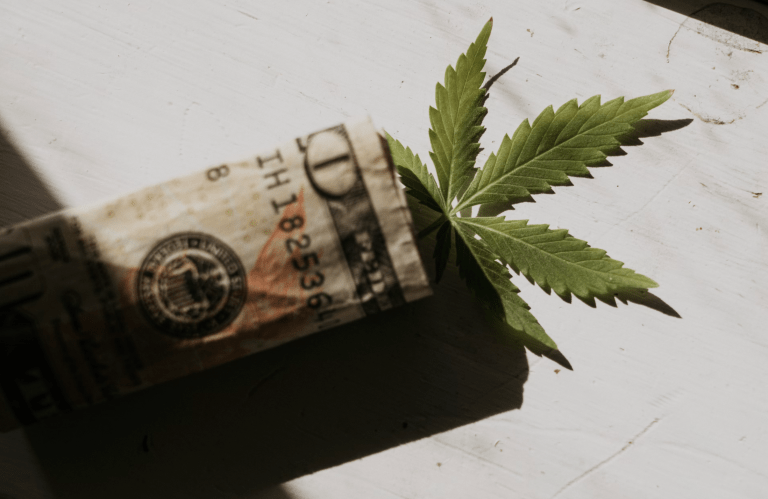
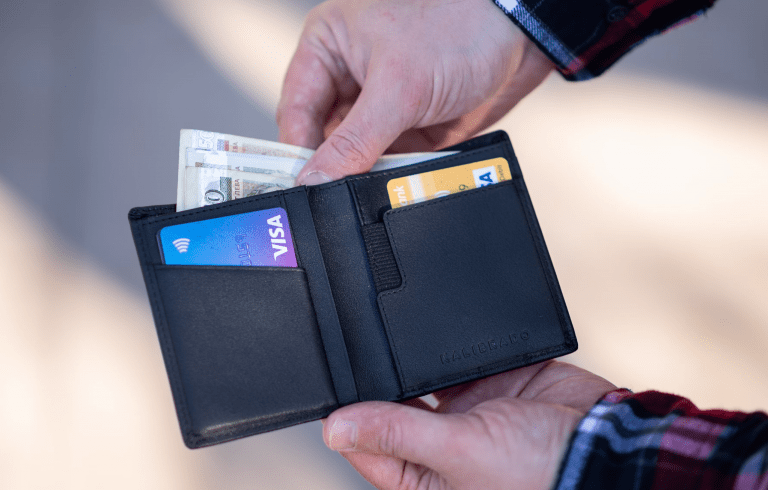

+ There are no comments
Add yours